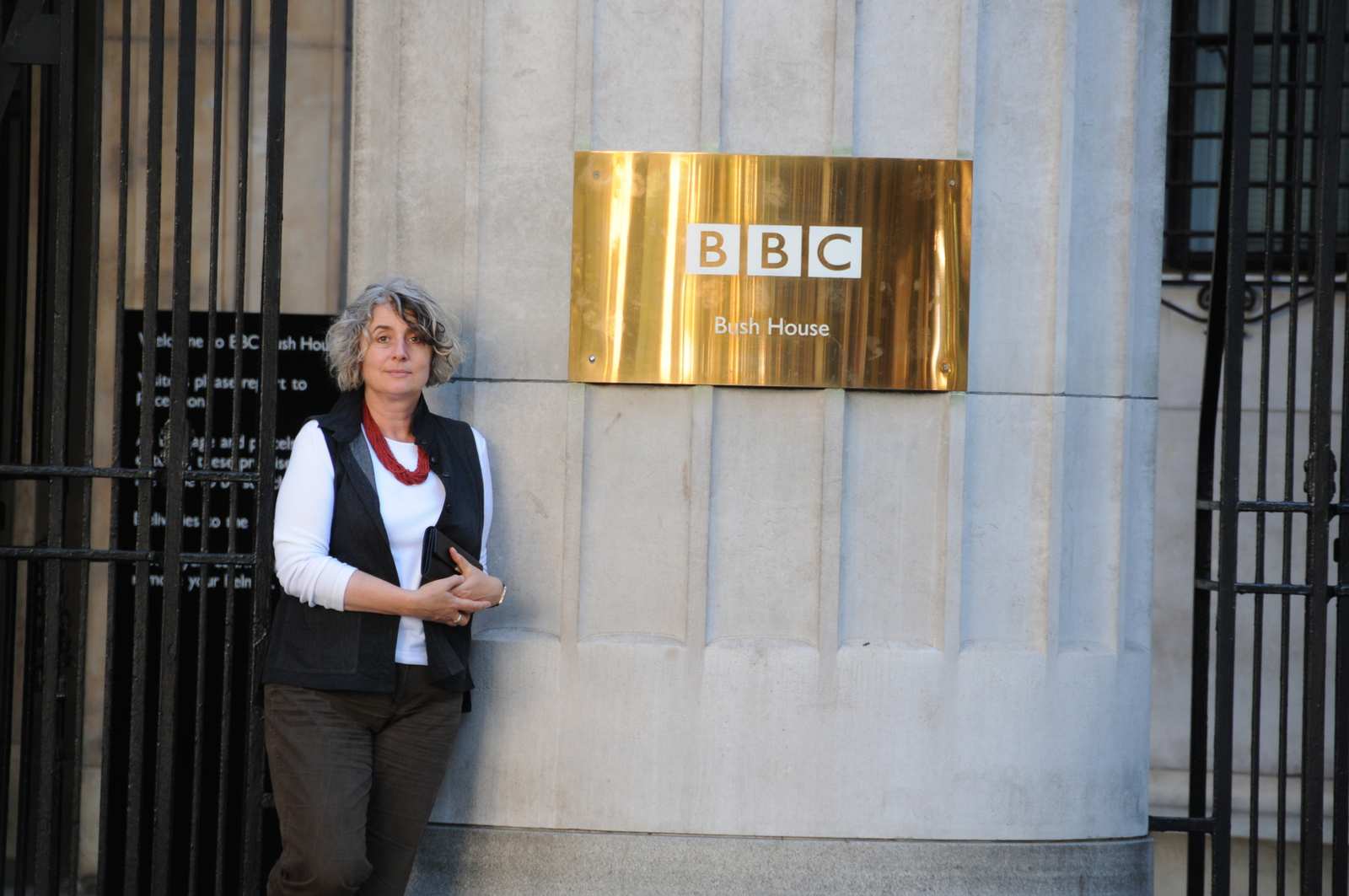
More about Marianne
Marianne Landzettel is a journalist writing and blogging about food, farming and agricultural policies in the UK and the rest of the EU, the US and South Asia. She was UK and Ireland correspondent for German Public Radio and worked for the BBC World Service for 10 years. She recently co-authored a book (in German) on food, farming and climate change. She lives in London.
How do you tell a dairy from a meat cow?’ I asked my colleague. It was 1985 and I was a newbie reporter for SDR’s German Public Radio farming program. ‘You look her in the face’, was the answer. Which I started doing. I also learnt to look at and for other things: connections – between farming and the environment, chemical fertilizers and pesticides, yields, farm economy and income and soil health or the lack of.
I left the farming program for current affairs, and, working as reporter, editor, program host and correspondent. Looking for and at the ‘ag angle’ has always served me well. First working for German Public Radio and then 10 years at the BBC World Service. I left the BBC in 2013 to do more in depth reporting and agriculture, food and climate change were what interested me. Travelling extensively in India I became familiar with living and working conditions of cotton farmers in the south, shepherds and apple growers in the Himalayas, rice farmers in the Sunderbans and tribal beekeepers in the west.
As UK and Ireland correspondent I had to report on the tragedy that was the foot and mouth outbreak in 2001, I got familiar with highland cattle and hefted sheep, learnt about the disaster a one penny drop in farm gate milk prices can cause. And I understood that Britain’s agricultural wealth, the abundance of rich, natural grassland, like many things, does not benefit from Brexit. In agricultural terms, the US stands for everything that is big – big farms, mega, oversized fields and ag equipment, monocultures, GM seeds, Big Ag and big problems. Organic and regenerative agriculture present big, sweeping solutions as I learnt from inspiring farmers and ranchers who generously gave me time and shared their ideas. And at the centre of their thinking were soil health and – of course – cows.
London Cowgirl
Copyright ©2024. Powered by the Team at webrand.tech. All Rights Reserved.